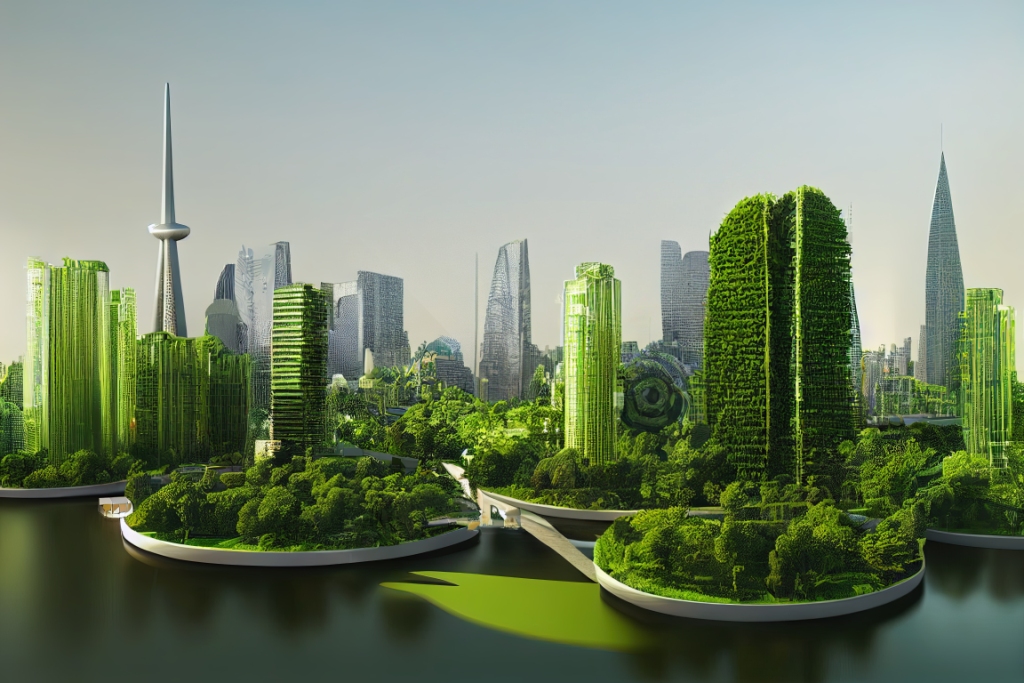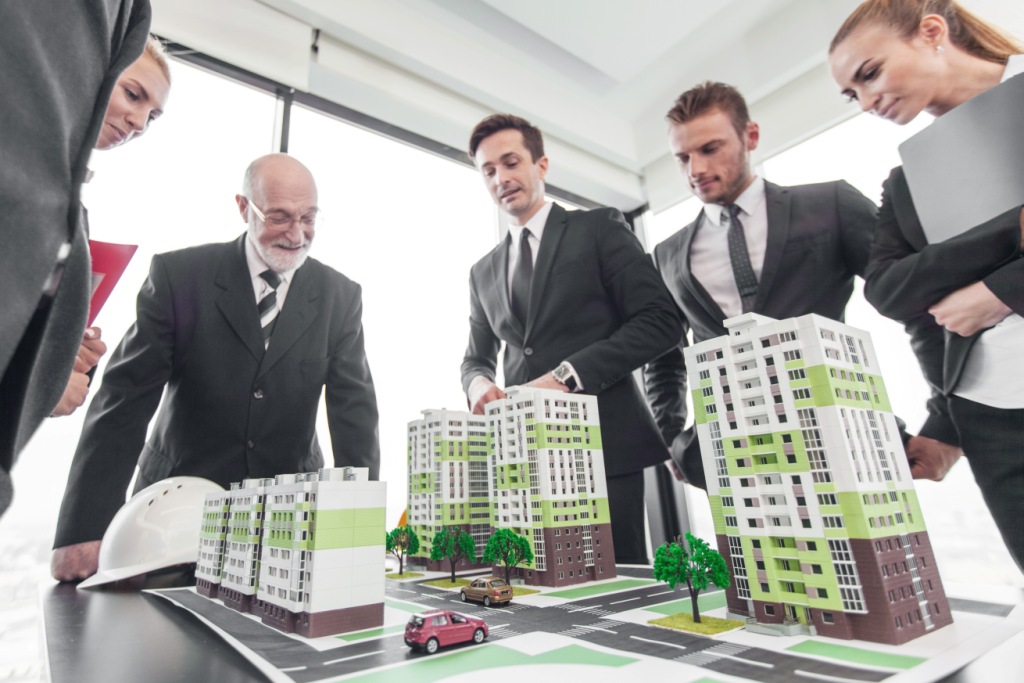As urban development projects continue to shape the landscape of Tier 2 cities, they are also paving the way for a surge in job opportunities, particularly in the energy and sustainability sectors. Once considered secondary to their Tier 1 counterparts, these cities are hotspots for professionals seeking diverse career prospects. As a result, 54% of employers have expressed their intention to hire candidates because of the increasing availability of diverse talent from these regions.
Here, we will deep-dive into the transformative impact of urban development projects in Tier 2 cities and how they create a thriving workforce in the energy and sustainability sectors.
Urban Development Projects Driving Job Growth
Tier 2 cities’ urban development projects focus on revitalizing infrastructure and spurring economic growth. This concerted effort has created new job opportunities, particularly in the energy and sustainability sectors. These projects encompass a range of initiatives, including developing smart cities, renewable energy installations, waste management systems, and sustainable transportation networks. By prioritizing these areas, Tier 2 cities attract investments and generate employment opportunities for professionals with expertise in energy and sustainability.
Renewable Energy Sector Flourishing
The renewable energy sector is experiencing remarkable growth in Tier 2 cities thanks to urban development projects emphasizing sustainable power generation. With abundant natural resources and a growing focus on reducing carbon emissions, these cities are attracting investments in energy power projects. As a result, job opportunities are emerging for engineers, technicians, project managers, and researchers specializing in renewable energy technologies.
In Tier 2 cities, there is a sudden surge in awareness related to green construction and effective waste management to ensure relevant carbon credits. The ultimate objective of carbon credits is to minimize the emission of greenhouse gases into the atmosphere. The advent of new mandatory emissions trading programs and increasing consumer pressure in Tier 2 cities have driven organizations to convert to a voluntary market for carbon offsets. Changing public perception of carbon emissions and climate change in Tier 2 cities has added a public policy incentive.
Sustainable Construction and Green Building Practices
The adoption of sustainable construction practices in Tier 2 cities has numerous benefits. Green buildings are designed to minimize their environmental impact throughout their lifecycle, from construction to operation and eventual demolition. These buildings reduce energy consumption and lower greenhouse gas emissions by incorporating energy-efficient technologies like solar panels and intelligent systems.
Moreover, sustainable construction practices prioritize using eco-friendly building materials, such as recycled or locally sourced materials, which reduces the carbon footprint associated with construction. Additionally, these practices promote efficient water management systems, including rainwater harvesting and greywater recycling, further conserving precious resources.
The professionals involved in sustainable construction projects play a vital role in ensuring the successful implementation of these practices. Architects and civil engineers with expertise in sustainable design principles develop innovative solutions that maximize energy efficiency and minimize environmental impact. Construction managers oversee the implementation of green building initiatives, ensuring that sustainable practices are followed throughout the construction process.
The demand for professionals specializing in sustainable construction is expected to grow as more Tier 2 cities prioritize sustainability in their urban development plans. These professionals contribute to creating environmentally conscious infrastructure that benefits the environment and enhances the quality of life for residents. By choosing sustainable construction practices, Tier 2 cities set an example for other cities to follow, leading the way toward a more sustainable and resilient future.
Waste Management and Recycling Sector Expanding
Integrating waste management and recycling practices in Tier 2 cities has numerous environmental benefits. By diverting waste from landfills and implementing recycling programs, these cities are reducing greenhouse gas emissions and conserving natural resources. Waste-to-energy plants convert solid waste into renewable energy, contributing to the shift towards cleaner and more sustainable energy sources.
Moreover, the emphasis on waste management and recycling in Tier 2 cities has a positive socio-economic impact. Establishing recycling facilities and composting units creates a demand for local labour, generating employment opportunities for the community. This not only improves the economic well-being of individuals but also fosters a sense of ownership and pride in contributing towards a greener future.
The urban development projects unfolding in Tier 2 cities are transforming their physical landscapes and creating a surge in job opportunities in the energy and sustainability sectors. Focusing on renewable energy, sustainable construction, and waste management practices, these cities attract professionals seeking meaningful careers in industries contributing to a greener and more sustainable future. As these projects mature, Tier 2 cities are poised to become critical players in driving the energy transition and fostering sustainable development.

Shared by: Rutvi Sheth
Advait Greenergy








